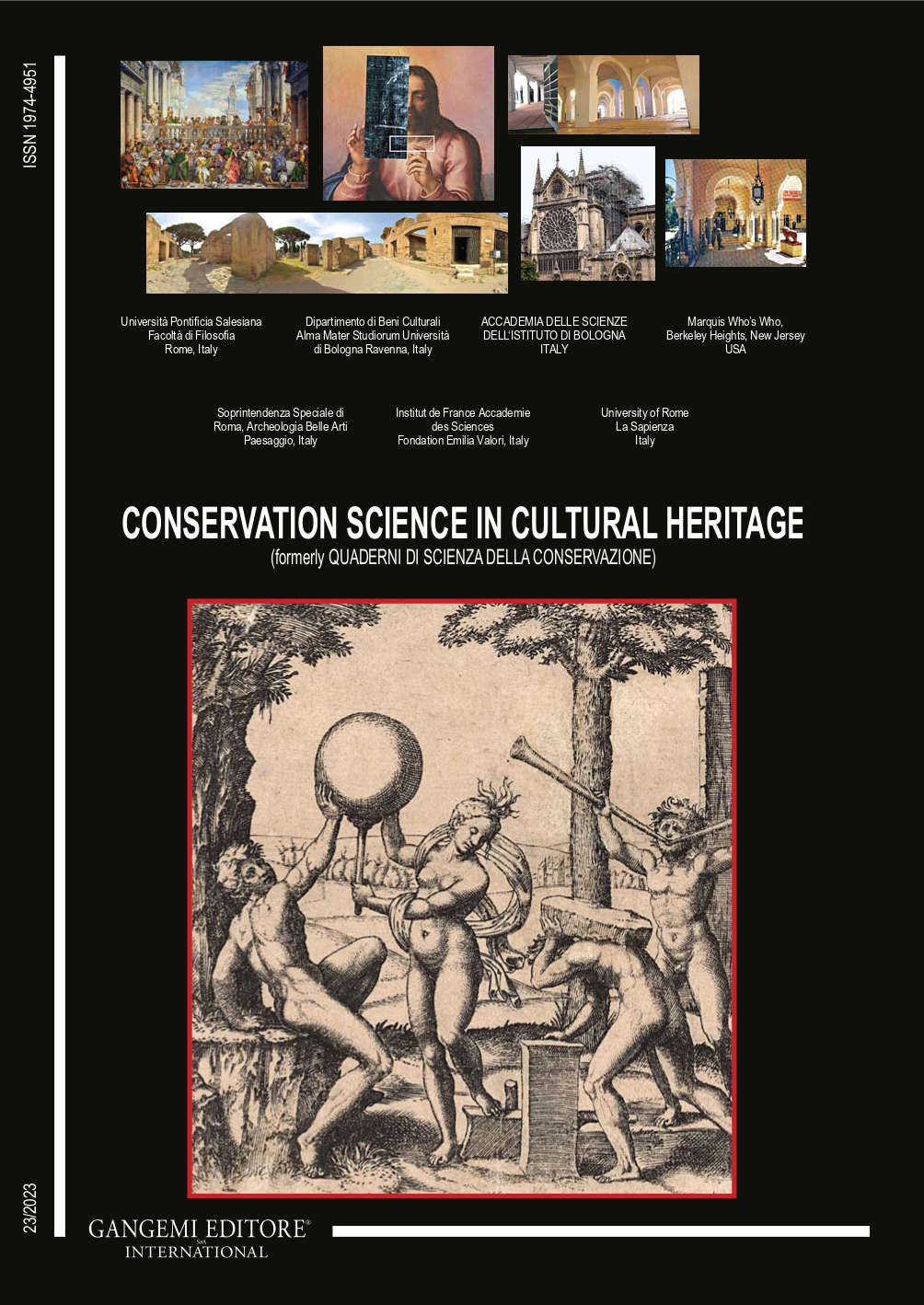Protecting and redeveloping industrial archaeological heritage through design strategies driven by digital modelling
DOI:
https://doi.org/10.6092/issn.1973-9494/20083Keywords:
regeneration, heritage, landscape, BIM, retrofitAbstract
The former Amicucci-Parmegiani paper mill is a publicly owned building in the historic center of Tivoli: long abandoned and dilapidated, it has recently been the subject of a design competition for its recovery. It is part of a wide system of old industrial paper mill settlements located along the Aniene river, due to the availability of water; nowadays, they are abandoned and testify to the stratification of a productive activity in a place that has been inhabited since Roman antiquity. The strategy regarding the aim to create a new approach to the old - the case study was developed through the activity of a Sapienza Startup - is a notable example of a new approach to renewing, repairing and rebuilding the built modern heritage. With dwindling resources, it has become necessary to listen to and work with the history of the buildings rather than demolish them. Guided by these principles, an integrated strategy of conservative intervention has been studied to preserve the industrial identity of the building, enhancing its productive characteristics with a functional programme that involves the citizenship and tells the story of the Paper Mill and its industrial processes through a museum, triggering a virtuous cycle of growth, development and landscape restoration. A landscape belonging to a current drosscape has the opportunity to push the renovation of a piece of city. Demolition of the existing heritage is triggered by the opportunity to initiate processes of economic valorisation: the case of the former paper mill is a unique one since the right to demolish - sanctioned by the constraint placed on the area and the building - aims at constructing, through complex demolition work and a little reconstruction work, the common value of a "new urban landscape", in an area of extraordinary quality. Within a framework of shrinking public resources, the value of recovering the existing heritage - specifically a fragment of industrial archaeology - represents an opportunity to validate choosing conservation over the hypothesis of building replacement, with respect to social, environmental and economic variables.
Downloads
Published
How to Cite
Issue
Section
License
Copyright (c) 2023 Spartaco Paris, Vincenzo Gattulli, Antonio Landa, Carlo Vannini

This work is licensed under a Creative Commons Attribution 3.0 Unported License.





